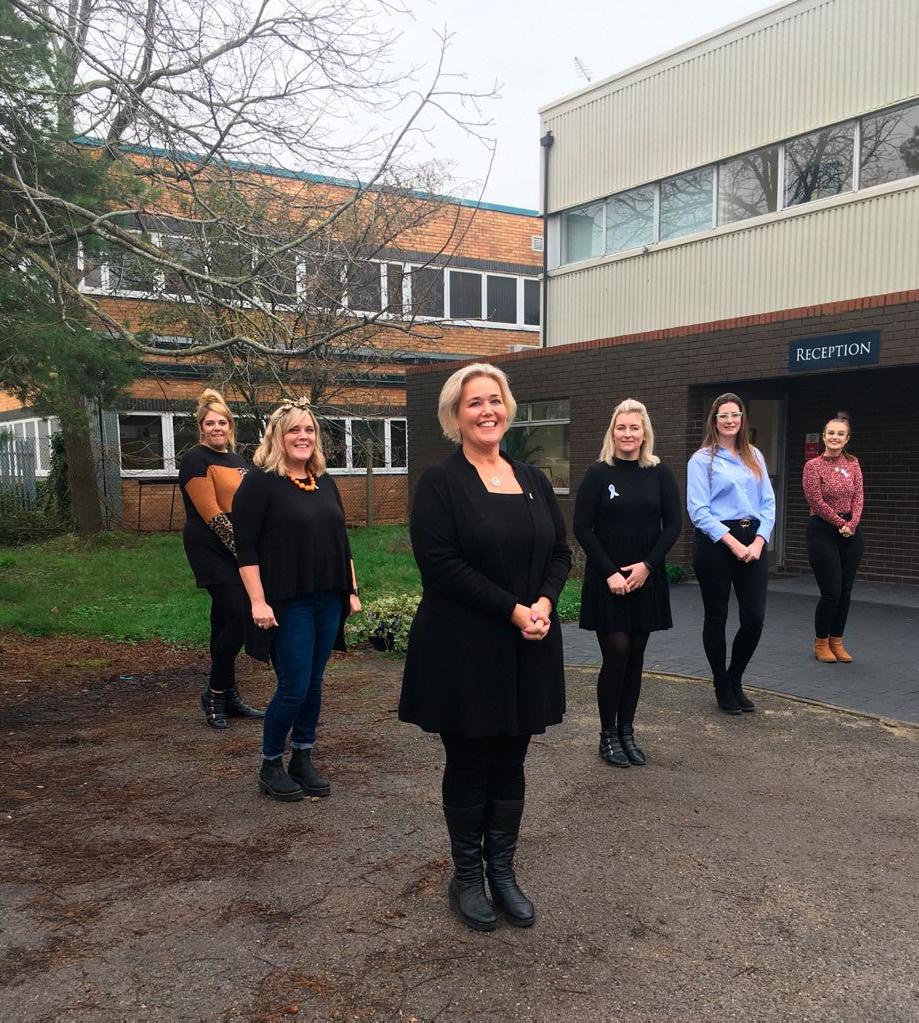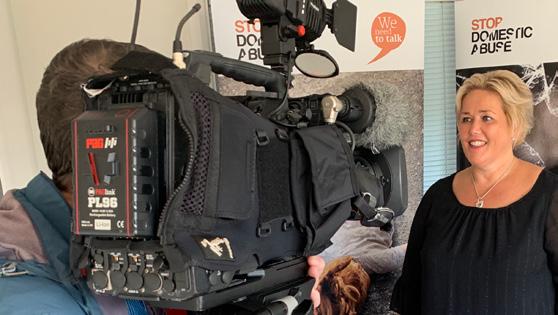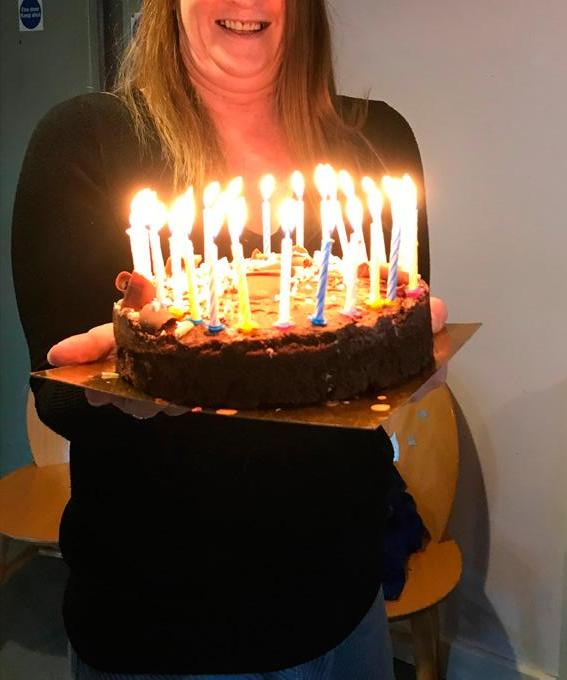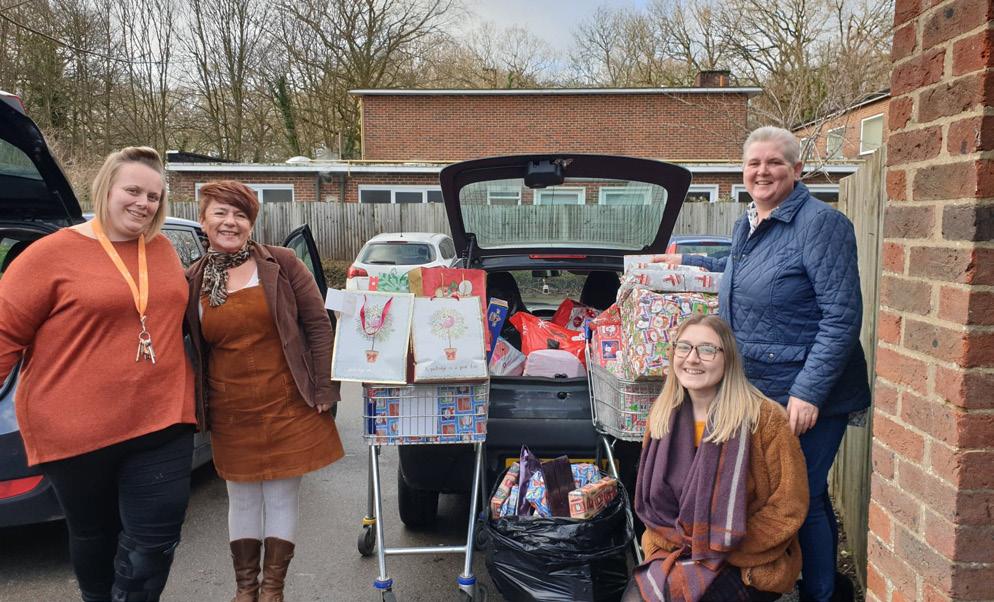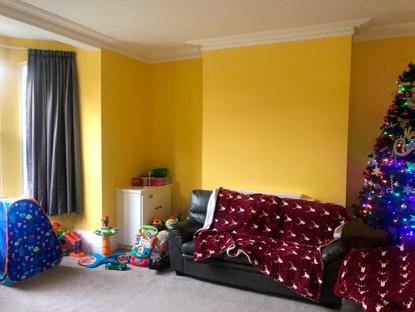
6 minute read
A day in the life of a children and young person’s worker
My name is Chris. I’ve worked for Stop Domestic Abuse for over three years as a Children and Young Person’s Outreach Worker. I work with school and college children aged four to 17.
I support their emotional needs and help manage their safety and wellbeing.
Advertisement
8:30am: The day starts with a strong mug of tea while I check the news headlines. I’m heading straight to some appointments rather than going to the office first, so I double check I have all I need before heading out. Every day is different so I never know quite what it will bring, 9:15: My first appointment is at a local infant school. I’m meeting a five-year-old girl for the first time. She witnessed her dad strangling her mum. Her mum and her teacher are concerned that she has become a lot quieter, which is why a referral to Stop Domestic Abuse has been made. For younger children, I keep the sessions short, no more than half an hour, so they don’t get bored or overwhelmed.
A teaching assistant introduces me to Maddison. I ask her if she understands why I’m here. She says it’s because her daddy wasn’t nice to mummy and that made her sad. I tell Maddison that she’s right and that I have some activities and games for us to do together. I explain that I won’t tell anyone what she tells me unless I need to in order to keep her safe.
It’s really important to build rapport quickly with children so we play a few ice breaker games. Maddison is a little shy but while playing she becomes chattier and laughs along with me! We then complete the POWeR form (Personal Outcomes and Wellbeing Record). Maddison identifies that she sometimes feels scared for herself and for others. Maddison starts to get distracted so we move on to the next activity ‘helping hand’. For this activity, I ask Maddison to draw round her hand and then write the names of people she feels happy and safe talking to. Maddison identifies her mum, grandma, grandpa and teacher. We speak about what number to call in an emergency and Maddison knows to phone 999. I tell Maddison I’ll see her next week.
9:45: I head to my next appointment which is at a junior school with a nine-year-old boy called Danny. This is our second session. 10:15: We explore ‘what is worry’. This game gives Danny the opportunity to talk about a few of the things he is worried about and how it makes him feel. Danny is agitated and he tells me that he is worried about his and his mum’s safety. We spend a long time working on his safety plan. We discuss what he could do if he was ever in a scary situation, who he could call and what he could say. Danny identified who he could ask for help.
Danny relaxes a little and seems pleased that he knew a lot of the answers to my questions. It is so important to encourage children to identify safe people, to emphasise the importance of talking to others and to recognise that their feelings are normal and justifiable. With this type of support we can empower children to feel more confident.
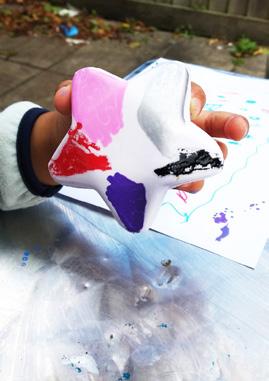
11:15: After my appointments I head to the office and I type up my notes from today’s sessions. Maddison is currently on a Children in Need plan with Children’s Social Care (this means there are concerns about her safety due to the domestic abuse she has witnessed and some neglect from her father) so I phone her social worker to give her an update on the session.
12:30: Time for a spot of lunch. I haven’t brought anything with me so go to M&S to grab my favourite sandwich and a Fanta lemon. I spend 15 minutes sitting with colleagues while we eat, talking about what we’re planning for dinner. We do like our food! 1:15pm: After polishing off my sandwich, a colleague and I head to a primary school where we are delivering group work to six children between the ages of seven and nine. We had multiple referrals for children from the same school, so I spent some time liaising with the school and, in consultation with the parents, agreed that some group work would be beneficial for all the children. This week is the third session so we are half way through the programme. We start the session by discussing what we had for lunch, which involves a quick vote over which flavour crisps are the best, as a way to get a few giggles, break the ice, and help everyone feel relaxed.
Today we are talking about feelings. For our first activity we look at flash cards with different emojis on them. First we act them out and the children say what the different feelings are and then we take it in turns to give an example of when we had these feelings. For the second activity we look at an activity called Marvin the Monkey where we look at Marvin in different situations and how Marvin feels in this situation, we identify his emotions (using the emoji flashcards to help). At first we discuss the questions as a group and then the children each have a go individually. 2:30: We head back to the office and I write up the notes from the session. I set up a couple of appointments for next week, including one with a mother where I’ll be getting parental consent forms signed for us to work with her son. 4:15: I head to my last appointment with a 14-year-old boy called Max, who I meet after school at his home. We start by exploring the ‘how has my week been?’ worksheet. Max says he hadn’t been sad that week but he had felt a bit worried. Next, we explore what domestic abuse is and the different types. Max shows a good understanding and is able to answer correctly most of the time. We then complete the domestic abuse true or false quiz. Again, Max demonstrates that he had a good understanding so we explore the answers a little further. After this we examine healthy and unhealthy relationships. Max identifies that relationships should be about trust and should be equal. He gives the example of checking someone’s phone as a sign of not trusting someone. We then look at Max’s self-esteem and complete the ‘this is me’ worksheet where Max says what his best qualities are and what his family and friends like about him. Max says he has been feeling badly about himself because he’s struggling with schoolwork and feels stupid. Max is opening up a lot more about his mum’s relationship with her ex-partner, who had been abusive to both her and Max, and how it had impacted on the way he thinks about himself. We spend a long time working on his confidence and thinking about what things make him unique, a good friend, person, and son. 5:15pm: I call my manager to confirm that I’ve left the appointment safely and am heading home. I’ve worked with nine children and young people today, each with different experiences, support needs and personalities. I love the challenge and knowing that I’m helping them. I’m looking forward to seeing more children and young people tomorrow.


